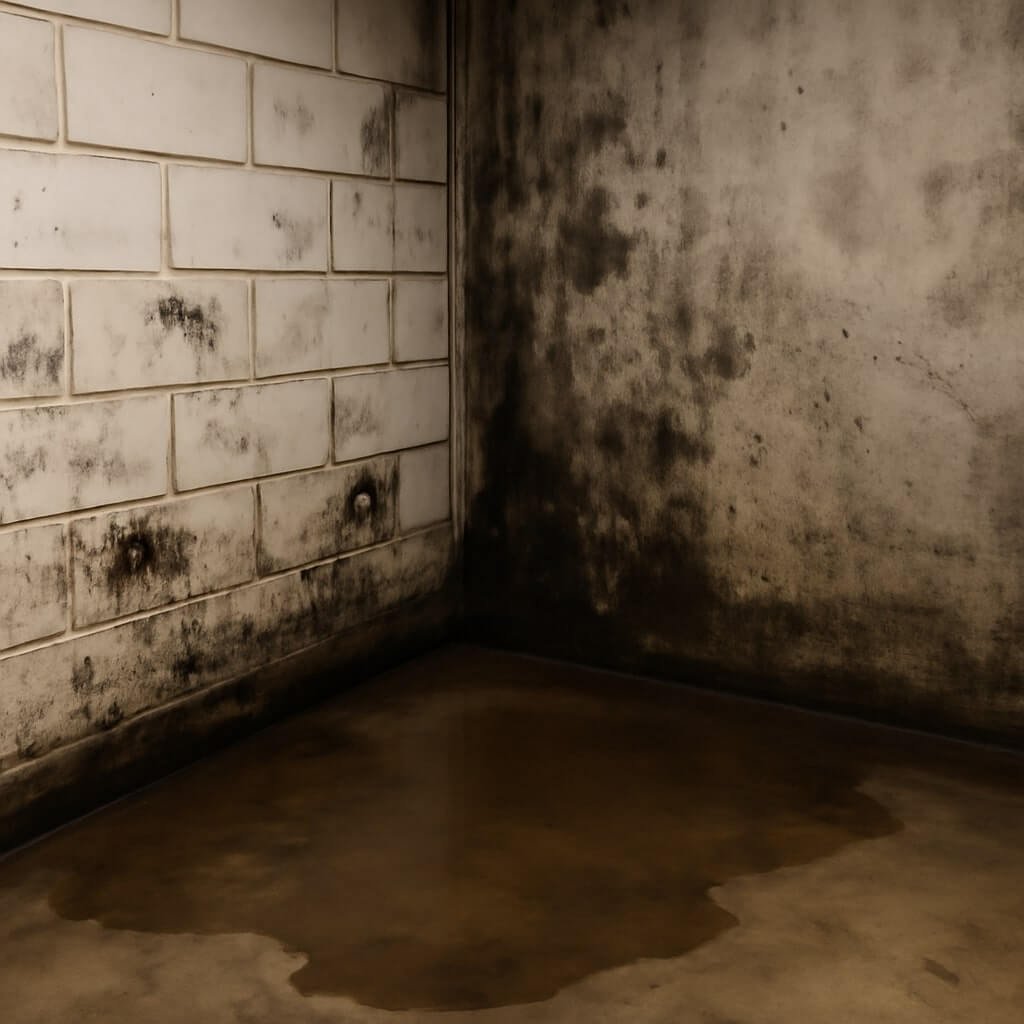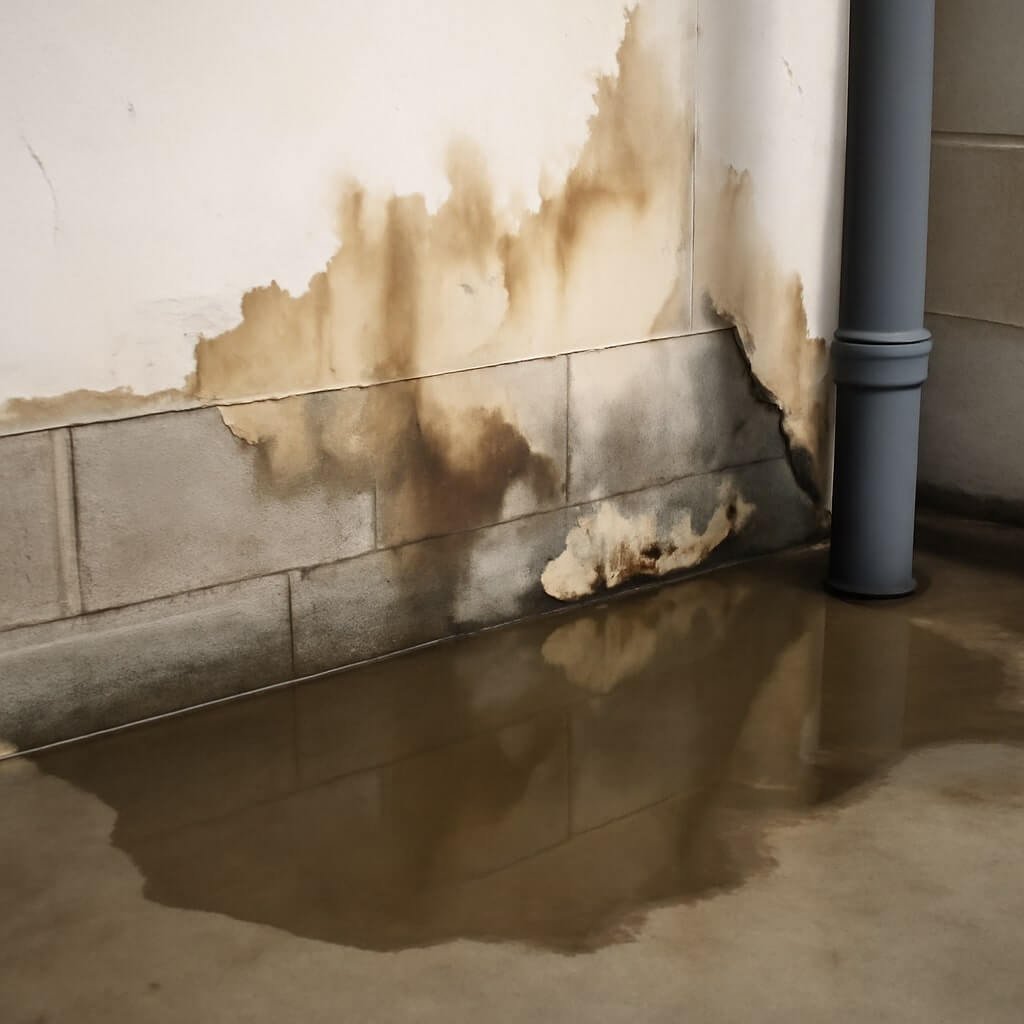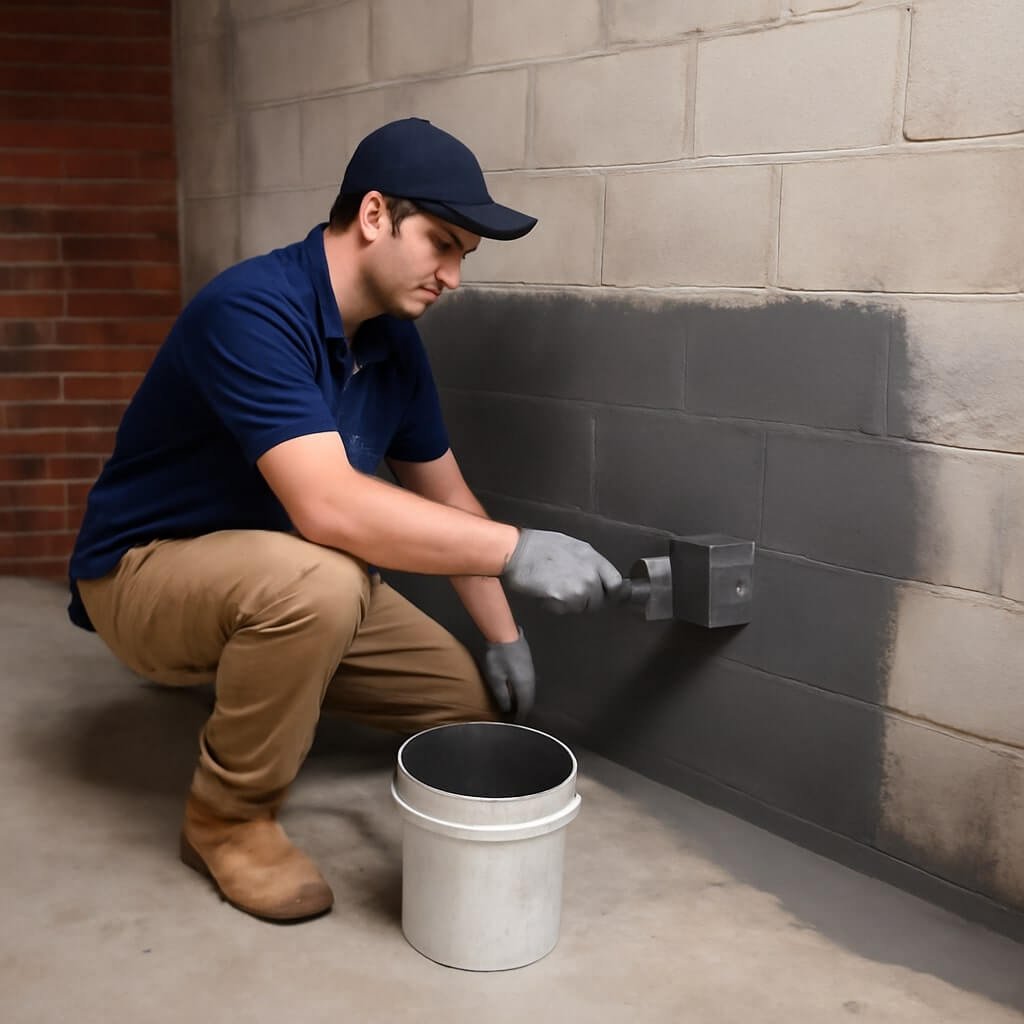Basement mold and water damage can wreak havoc on your home’s foundation, health, and wallet. Preventing these issues before they start is crucial to maintaining a safe, dry, and comfortable living environment. In this comprehensive guide, you’ll learn the most effective strategies to stop mold and water damage in its tracks, protect your property, and preserve your peace of mind.
Understanding Basement Mold and Water Damage
Before diving into prevention, it’s important to understand what causes basement mold and water damage. Basements are especially vulnerable due to their location below ground level, making them prone to moisture buildup and water intrusion.
What Causes Basement Mold?
Mold thrives in damp, dark, and poorly ventilated environments—conditions that basements often provide. Common causes include:
- Persistent humidity above 60%
- Water seepage from cracks in foundation walls or floors
- Poor drainage around the house
- Leaking plumbing pipes
- Flooding or condensation buildup
How Water Damage Occurs in Basements
Water damage happens when excess moisture infiltrates basement walls or floors. This can stem from:
- Groundwater pressure pushes water through foundation cracks
- Improperly functioning gutters or downspouts cause water to pool near the foundation
- Plumbing leaks within the basement pipes or appliances
- Flooding during heavy rains or storms
Both mold and water damage pose serious risks to your home’s structure and your family’s health.
Why Preventing Mold and Water Damage Is Crucial
Ignoring basement moisture issues can lead to costly repairs and health complications. Understanding these impacts reinforces the importance of prevention.
Health Risks Associated with Basement Mold
Mold exposure can cause a variety of health problems, especially for children, elderly, and those with respiratory conditions. Symptoms may include:
- Allergic reactions like sneezing, runny nose, and itchy eyes
- Asthma flare-ups or breathing difficulties
- Skin irritation and infections
Long-term exposure to toxic molds can worsen these issues and even affect immune system function.
Structural Damage and Financial Implications
Water damage can weaken foundation walls and flooring, leading to:
- Cracks and structural instability
- Peeling paint and damaged drywall
- Corroded metal fixtures and rotting wood
Repairing water-damaged basements can cost thousands of dollars. Preventing problems early saves money and maintains property value.
Top 12 Tips to Prevent Basement Mold and Water Damage
Here are the most effective, practical steps you can take to protect your basement and home from moisture problems.
1. Inspect and Maintain Gutters and Downspouts
Ensure gutters are clean and free of debris. Downspouts should channel water at least 6 feet away from your foundation. This prevents water from pooling that seeps into the basement walls.
2. Grade Your Landscape Away from the Foundation
Proper landscape grading slopes the soil away from your house. This simple adjustment keeps rainwater flowing away rather than toward your basement.
3. Install a Sump Pump
A sump pump removes excess water from basement floors, especially in flood-prone areas. It’s a smart investment that reduces standing water and moisture.
4. Seal Cracks and Openings
Use waterproof sealants to fill cracks in walls, floors, and around windows. Preventing water entry points is key to stopping mold growth.
5. Use a Dehumidifier
Basements can be humid. Running a dehumidifier keeps relative humidity below 50%, discouraging mold spores from thriving.
6. Waterproof Basement Walls
Applying waterproof coatings or membranes to basement walls creates a barrier against moisture intrusion.
7. Improve Basement Ventilation
Good airflow reduces moisture buildup. Consider installing vents or using fans to circulate air regularly.
8. Monitor Plumbing for Leaks
Check basement pipes and appliances frequently for leaks or drips. Fixing plumbing problems quickly prevents hidden water damage.
9. Avoid Carpeting Basement Floors
Carpets trap moisture and harbor mold. Opt for moisture-resistant flooring like tile or sealed concrete.
10. Regular Basement Inspections
Schedule routine checks, especially after heavy rain. Early detection of issues makes prevention easier and less costly.
11. Install Vapor Barriers
Vapor barriers on floors and walls block moisture from entering the basement airspace.
12. Use Mold-Resistant Products
During renovations, choose mold-resistant drywall, paint, and insulation to minimize mold growth potential.
Signs of Mold and Water Damage to Watch For
Early identification helps stop problems before they escalate.
Visible Mold Growth
Look for black, green, or white patches on walls, floors, and ceilings.
Musty Odors
A damp, earthy smell often signals hidden mold.
Water Stains and Peeling Paint
Discoloration or bubbling paint on basement surfaces indicates moisture infiltration.
Professional Mold and Water Damage Remediation
When DIY prevention isn’t enough, professionals can help.
Mold Testing and Inspection Services
Certified inspectors use specialized tools to detect mold even in hidden spots.
Remediation Techniques and Costs
Cleaning, mold removal, and repairs vary by severity, typically ranging from hundreds to thousands of dollars.
Frequently Asked Questions (FAQs)
How often should I inspect my basement for mold?
It’s best to inspect at least twice a year, and after any heavy rainfall or flooding.
Can I remove the mold myself?
Small patches can be cleaned with appropriate solutions, but large infestations require professional remediation.
Is a sump pump necessary in all basements?
Not all basements need one, but it’s highly recommended in flood-prone or waterlogged areas.
How can I reduce basement humidity naturally?
Increasing ventilation and using moisture-absorbing materials can help, but a dehumidifier is often more effective.
What’s the best way to waterproof basement walls?
Applying waterproof membranes or sealants during construction or renovation is most effective.
Are mold-resistant products expensive?
They can cost slightly more upfront but save money long-term by preventing mold-related damage.
Conclusion: Staying Mold and Water Damage Free
Preventing basement mold and water damage requires vigilance, maintenance, and sometimes professional help. By following these 12 powerful tips, you can protect your home, ensure healthier air quality, and avoid costly repairs. Don’t wait for signs of damage—start protecting your basement today.




